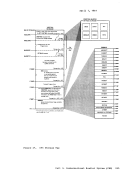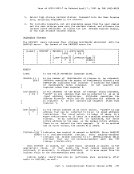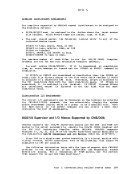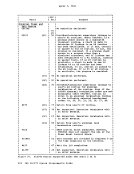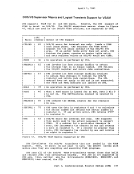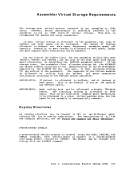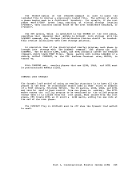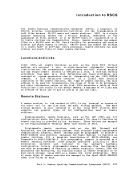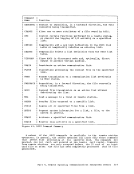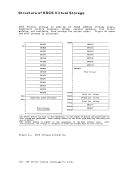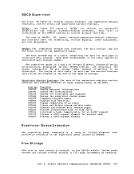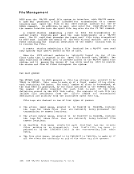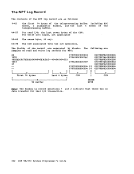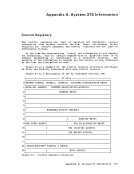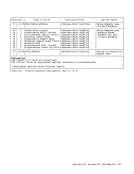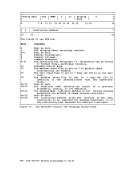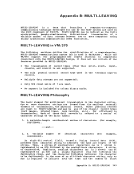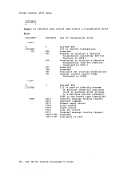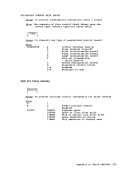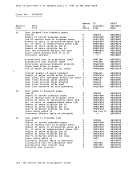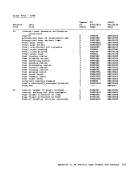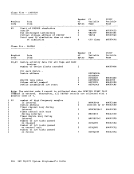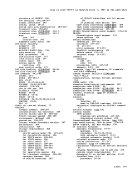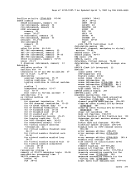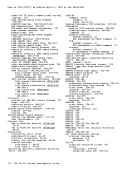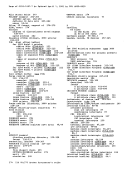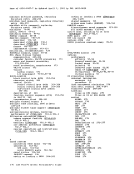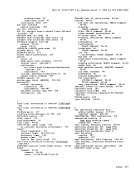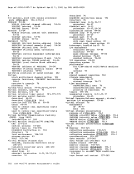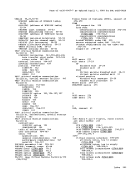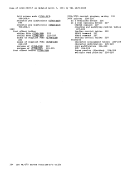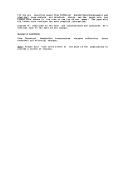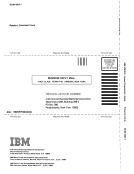Page of GC20-1&07-7 As Updated April 1, 1981 by TNL GN25-0829
INDICATEUSER! reflects own virtual wachine. The output of this option is the same as that of the INDICATE USER ! option descr ibed under "The Class G INDICATE Command. n
INDICATEUSER userid
allows the system analyst to determine the activity of other
virtual machines in terms ofthe resources used and occupied
and events that have taken place.Users with class E authority
can access data from theVMBLOK of any user currently logged
onto the system in their attempts to understand an overload or
poor performance situation.
The output of this option is the same as that of the INDICATEUSER ! option descr ibed under liThe Class G INDICATE Command". INDICATE QUEUES displays the active users, the queues they are in, the storage
they are occupying, and the status they are in. The display
indicates those users currently dominating main storage.Users waiting in eligible lists are included in the response because
they are contending for main storage and it is only by chance
that they were not occupying main storage at the time of the
command.
The response to the INDICATEQUEUES command is as follows:
userid1 aa bb ssslttt userid2••• (up to 3 userids per line)
useridn
is the user identification.
aa is the eligible list or queue that the user occupies.
bb is one of the following status indicators:RU the current runuser in uniprocessor mode. In
attached processor configurations, the current
run user on the main processor.
RA in attached processor configurations, the current
runuser on the attached processor. (Not used in
uniprocessor mode).
DF in attached processor configurations, the processing
of a synchronous (program andSVC) interrupt for
this user has been deferred until the system lock is
available (not used in uniprocessor mode).
PG the user is not running becauseCP is attempting to
bring in a page from a paging device.10 the user is in 1/0 wait because access to the device
is not available at the moment.EX the user is waiting for the completion of an
instruction simulation.
PS the user is in an enabled wait state for high speed1/0 devices.
waiting to be redispatched.!Q1§: In cases where a virtual machine may be in more
than one of the above states, only one state is
displayed. The state displayed is the first one
encountered in the order of priority indicated above.
Part 2.. Control Program (CP)107
INDICATE
INDICATE
allows the system analyst to determine the activity of other
virtual machines in terms of
and events that have taken place.
can access data from the
onto the system in their attempts to understand an overload or
poor performance situation.
The output of this option is the same as that of the INDICATE
they are occupying, and the status they are in. The display
indicates those users currently dominating main storage.
they are contending for main storage and it is only by chance
that they were not occupying main storage at the time of the
command.
The response to the INDICATE
userid1 aa bb ssslttt userid2
useridn
is the user identification.
aa is the eligible list or queue that the user occupies.
bb is one of the following status indicators:
attached processor configurations, the current
run user on the main processor.
RA in attached processor configurations, the current
runuser on the attached processor. (Not used in
uniprocessor mode).
DF in attached processor configurations, the processing
of a synchronous (program and
this user has been deferred until the system lock is
available (not used in uniprocessor mode).
PG the user is not running because
bring in a page from a paging device.
is not available at the moment.
instruction simulation.
PS the user is in an enabled wait state for high speed
waiting to be redispatched.
than one of the above states, only one state is
displayed. The state displayed is the first one
encountered in the order of priority indicated above.
Part 2.. Control Program (CP)

























































































































































































































































































